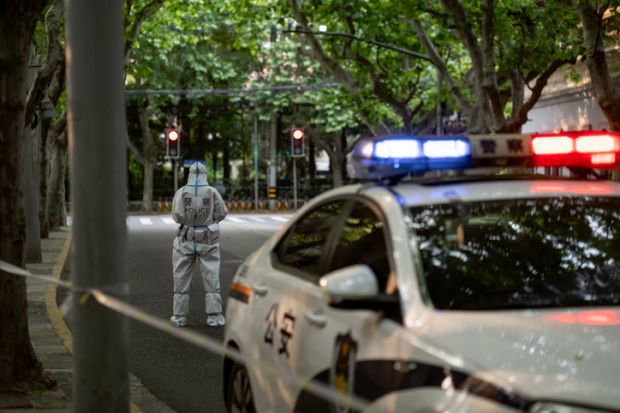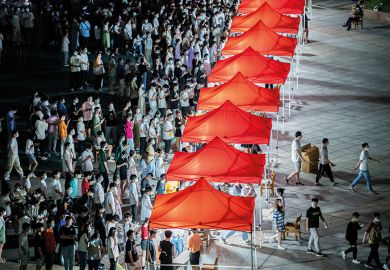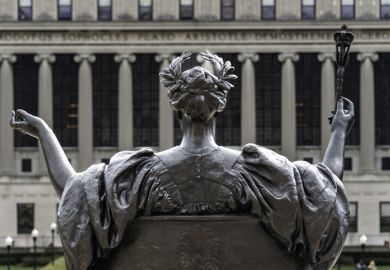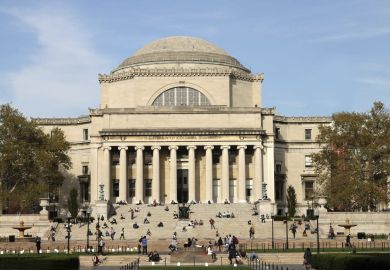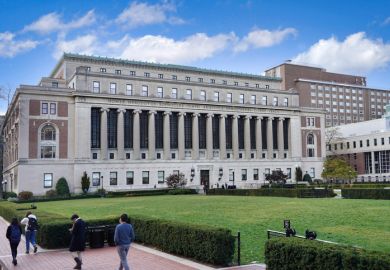University students at dozens of campuses across China have joined a growing chorus showing their frustration over Beijing’s continuing zero-tolerance Covid policy.
Over the weekend, Chinese students took to the streets to protest three years of harsh pandemic measures under president Xi Jinping, even as citizens faced off with authorities in numerous Chinese cities.
Students at 79 universities in 15 provinces in China had come out to show their dissent, the Hong Kong-based Chinese language news site Initium reported.
Large protests were reported at campuses, including the top-ranked Peking and Tsinghua universities. At the latter, some students held up blank pieces of paper, while others shouted loudly for “Democracy, rule of law, and freedom of expression”, The Times reported.
As much of the world has relaxed anti-Covid measures, China has continued to enforce lockdowns and quarantines.
For university students, away from home and confined in tiny rooms, this has led to mental health issues and mounting frustration, seen on social media. But until now, physical protests have remained few and far between.
Still, the calm veneer may be beginning to crack.
“There is no such thing as zero Covid. And there is no such thing as endless patience,” tweeted William Kirby, a professor of China studies at Harvard University.
While China has seen sporadic expressions of dissatisfaction, the current unrest is the most vocal since the pandemic began, noted William Hurst, the Chong Hua professor of Chinese development at the University of Cambridge.
“What’s happened in the past 24 hours is novel in that protesters have appeared on the streets in multiple cities with apparent knowledge of what is happening in other parts of the country,” he wrote on Twitter.
“The state response last night was not nearly as harsh, repressive, or even coordinated as we might have predicted.”
Professor Hurst predicted that the most likely scenario would be for current protests to “fizzle out”. In a less likely outcome, the protests could trigger repression, he predicted.
Alternately, the protests could lead to “concessions or systemic change”, with relaxation of some pandemic measures – but the probability of such a scenario was “extremely low”, he said.
“If things fizzle – or even if the strands [and] repertoires become disentangled – all will return to the somewhat uneasy quotidian of a few weeks ago. If not, this could prove a critical juncture. But not one that will be easy to read in real time or with a happy ending.”
Register to continue
Why register?
- Registration is free and only takes a moment
- Once registered, you can read 3 articles a month
- Sign up for our newsletter
Subscribe
Or subscribe for unlimited access to:
- Unlimited access to news, views, insights & reviews
- Digital editions
- Digital access to THE’s university and college rankings analysis
Already registered or a current subscriber? Login
